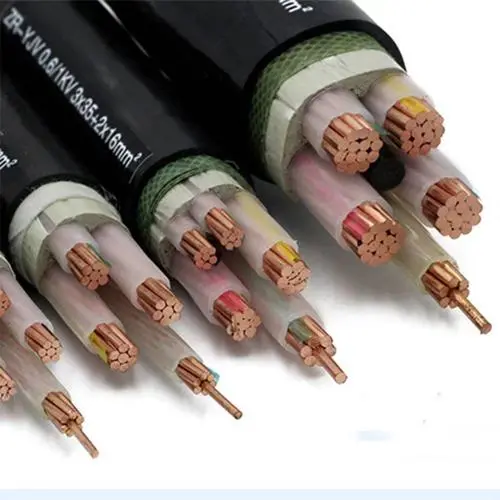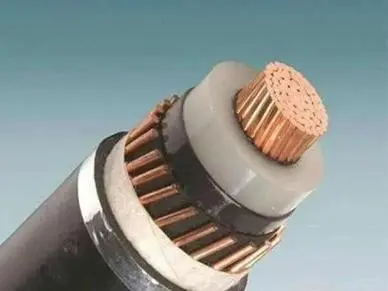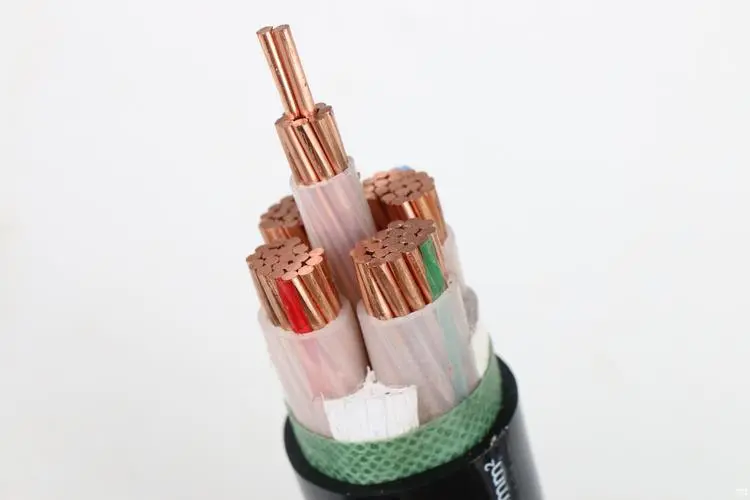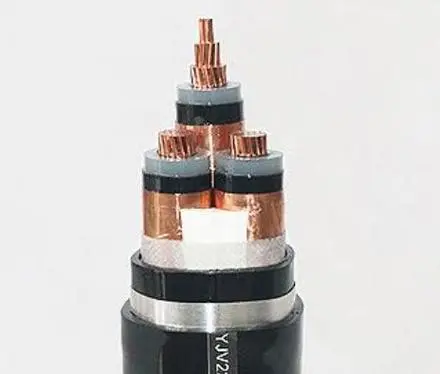Date:Apr 1st,2024
In electrical design and technical transformation, electrical personnel often do not know how to scientifically select the cable cross-sectional area, experienced electrical workers according to the size of the electricity load, calculate the current, it is very simple to select the cable cross-sectional area; There are also some electric workers according to the electrician's formula to select the cable cross-sectional area; What I'm saying is that their experience is practical but not scientific. There are also many posts online, often but not comprehensive enough to make sense of them. Today, I will share with you a scientific and simple cable cross-sectional area selection method. In different situations, there are four methods.

Select the cable cross-sectional area according to the long-term allowable carrying capacity
1. In order to ensure the safety and service life of the cable, the cable temperature after power should not exceed the specified long-term allowable working temperature, the PVC insulated cable is 70 degrees, the cross-linked polyethylene insulated cable is 90 degrees, according to this principle, it is very simple to select the cable by looking up the table.
2. For example, the transformer capacity of a factory is 2500KVa, and the power supply is 10KV. If the cross-linked polyethylene insulated cable is laid in the bridge, what is the cross-sectional area of the cable?
Step 1: Calculate rated current 2500/10.5/1.732=137A
Step 2: Check the cable selection manual
YJV-8.7/10KV-3X25 carries 120A
YJV-8.7/10KV-3X35 carries 140A
Step 3: Here, the cable carrying capacity of YJV-8.7/10KV-3X35 is greater than 137A, which can theoretically meet the requirements.
Note: This method does not take into account the requirements of dynamic and thermal stability.

Select the cable cross-sectional area according to the economic current density
Simply understand the economic current density, the cross-sectional area of the cable affects the line investment and power loss, in order to save investment, it is hoped that the cable cross-sectional area is smaller; In order to reduce power loss, it is hoped that the cross-sectional area of the cable is larger; Based on the above considerations, a reasonable cable cross-sectional area is determined, which is called the economic cross-sectional area, and the corresponding current density is called the economic current density.
Method 2: According to the annual operating hours of the equipment, look up the table to get the economic current density. Unit: A/mm
For example: the rated current of the equipment is 150A, the annual operation time is 8000 hours, what is the cross-sectional area of the copper core cable?
According to Table C-1 above, the economic density is 1.75A/mm2 for 8000 hours
S = 150/1.75 = 85.7 A
2 Conclusion: We can select a cable cross-sectional area of 95mm according to the cable specifications

Select the cable cross-sectional area based on the power grid voltage drop
When we select the cross-sectional area of the cable using the first and second methods, if the cable is very long, a certain voltage drop will be generated during operation and start-up, and the voltage on the equipment side will be lower than a certain range, which will cause the equipment to heat up.
According to the requirements of the "Electrical Manual", the voltage drop of 400V line can not be less than 7%, that is, 380VX7%=26.6V, the voltage drop calculation formula (here only consider the pure resistible voltage drop) :
∆U=I×ρ×L/S S=I×ρ×L/∆U
∆U voltage drop I indicates the rated current of the device ρ conductor resistivity S indicates the cable cross-sectional area L indicates the cable length
2 For example, a 380V device with a rated current of 150A and a copper cable (ρ=0.0175 ω.mm /m of copper) requires a voltage drop
Less than 7% (∆U=26.6V), the cable length is 600 meters, and the cable cross-sectional area S is selected.
2 According to the formula S=I×ρ×L/∆U=150×0.0175×600/26.6=59.2mm.
2 Conclusion: The cross-sectional area of the cable is 70mm

Contact: Terry Su
Phone: +86 18916399470
Tel: +86 18916399470
Email: terry@sh-cables.com
Add: No.7577 of Hunan Rd., Pudong New Area Shanghai 201314, China